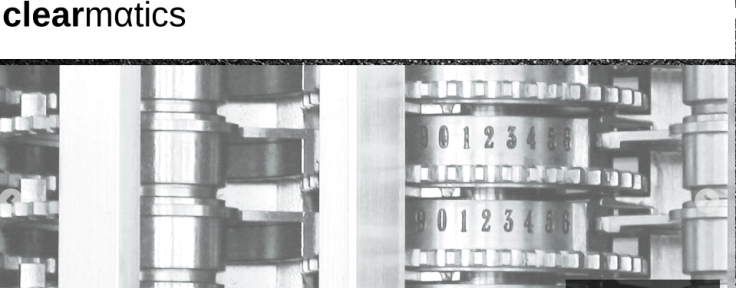Clearmatics Robert Sams talks about UBS-backed 'settlement coin' and an aversion to tokens

Last week UBS emerged from the bushes with news that a technology tie-up with decentralised clearing specialists Clearmatics has given birth to a "utility settlement coin".
Details about the settlement coin are somewhat scarce at this point, but it is not to be confused with the likes of Citicoin, which was in fact a codename for Citi's internal blockchain testing activities.
Robert Sams, chief executive officer, Clearmatics told IBTimes: "There are many dimensions to the settlement coin - institutional dimensions, legal and regulatory dimensions, accounting dimensions, and obviously the tech as well. Settlement coin is to be a cross market utility."
The Clearmatics system is palatable to banks because it is a permissioned system where the validators behind the consensus process are known and legally accountable parties.
Clearmatics has chosen not to employ an underlying consensus model based on tokens. Sams explained this is a technical design issue; Clearmatics' approach is to operate a "virtual machine" and a distributed consensus computation rather than consensus on a data model of tokens.
"I think a lot of the stuff that is being offered by some of the other startups is based on an underlying distributed model of tokens, so either a fork of the Bitcoin blockchain or something like Ripple or Stellar or Hyperledger.
"They all have at the bottom distributed consensus over a data structure that's based on tokens - this class of tokens represents this asset, and this other class of token represents this other asset - and that's basically the way of modelling the problem.
"We don't believe that you can model the complexity of financial assets with something as simple as tokens, because all assets have this arbitrary complexity: they might have coupon payments, dividends, corporate actions so on.
"This complexity needs to be modelled in code. So our distributed solution is for the financial services space is consensus computer, whereby the distributed network comes to consensus on the state of a distributed virtual machine, rather than the state of a data structure of tokens."
"It's very much inspired by what is being done in the Ethereum project."
Sams qualified the terms "smart contract" and "distributed ledger" by pointing out these are metaphorical expressions.
"Intuitively the idea of distributed ledger is a distributed record of who owns what, or who owes what to who. And smart contracts are an automatic, programatic way of amending a distributed ledger.
"In our model both the distributed ledger and the smart contracts are implemented in something called a distributed virtual machine; they are both implemented in virtual machine code."
Banks have realised there are big savings and efficiencies to be reaped from embracing some variety of shared ledger system, but as the name suggests, this involves a degree of sharing and cooperation in order to access any benefits.
Sams added: "I think this is a really important part of the distributed ledger story that doesn't get emphasised enough. For any of this stuff to be useful it needs to be a cross market utility - that's what settlement is.
"It needs to have institutional participation across the market and it's also unlikely to be a proprietary platform owned by a single third party. This gets missed among all the hype and noise.
This is all well and good in the case of UBS, which is known to have a rather sleek IT backbone. But what if a bank is encumbered with a creaking legacy system speced out in back in the mists of previous millennium? How can the Deutsches and RBSs of this world plug into the decentralised benefits system when their existing IT systems could do with being overhauled?
"Integration is of course a big topic," said Sams. "But it's important to keep in mind that this technology is very new, so everyone is going to have to address the integration issues and they are all imminently solvable.
"I don't think anything rests on the infrastructure of a particular bank. Some banks are a lot more technologically advanced than others. But I don't think this is a hugely relevant dimension to the distributed tech story.
"The technology is so different the integration is going to have go along a path that doesn't make reference to the existing infrastructure whether it's ten years behind or state of the art."
He said there are in fact opportunities to do things right from the beginning and have everybody adopt the same integration points, as opposed to fintech that is built along a legacy architecture and can be very parasitic on the existing infrastructure of a particular bank.
© Copyright IBTimes 2025. All rights reserved.





















